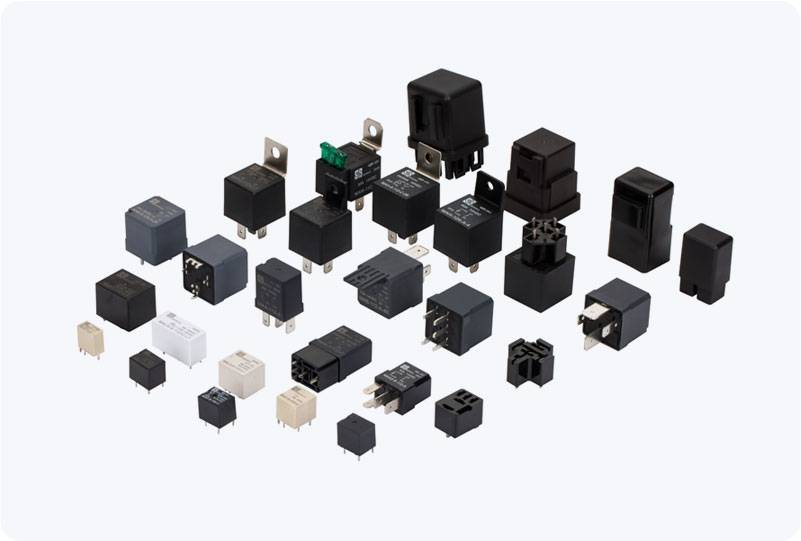relay vs fuse in car: understanding their roles and differences
Release time:2025-06-24 20:58:29
In any automobile, the electrical system is essential for powering various components, from lights and air conditioning to the engine and sound system. To ensure the proper functioning of the electrical circuits, two critical components come into play: relays and fuses. While both serve protective roles in an automotive electrical system, they function in very different ways. Understanding the differences between a relay and a fuse is crucial for diagnosing and maintaining a vehicle's electrical system.

What is a Relay?
A relay is an electrically operated switch that allows current to flow through a circuit when activated. Relays are used to control high-power circuits with a low-power signal. In a car, relays are typically used for systems that require high current to operate, such as the headlights, fuel pumps, and air conditioning compressor. When a relay is energized, it closes its internal switch, allowing current to flow to the component it controls. Once the relay is de-energized, the switch opens, stopping the current flow.
Relays are commonly used in situations where the current required to operate a device exceeds the capacity of a simple switch. For example, the headlights in a car require more power than a standard switch can handle. A relay allows a small amount of current from the car's electrical system to control a larger current that powers the headlights. This prevents the need for thick, bulky wires and allows the vehicle's electrical system to be more efficient and compact.

